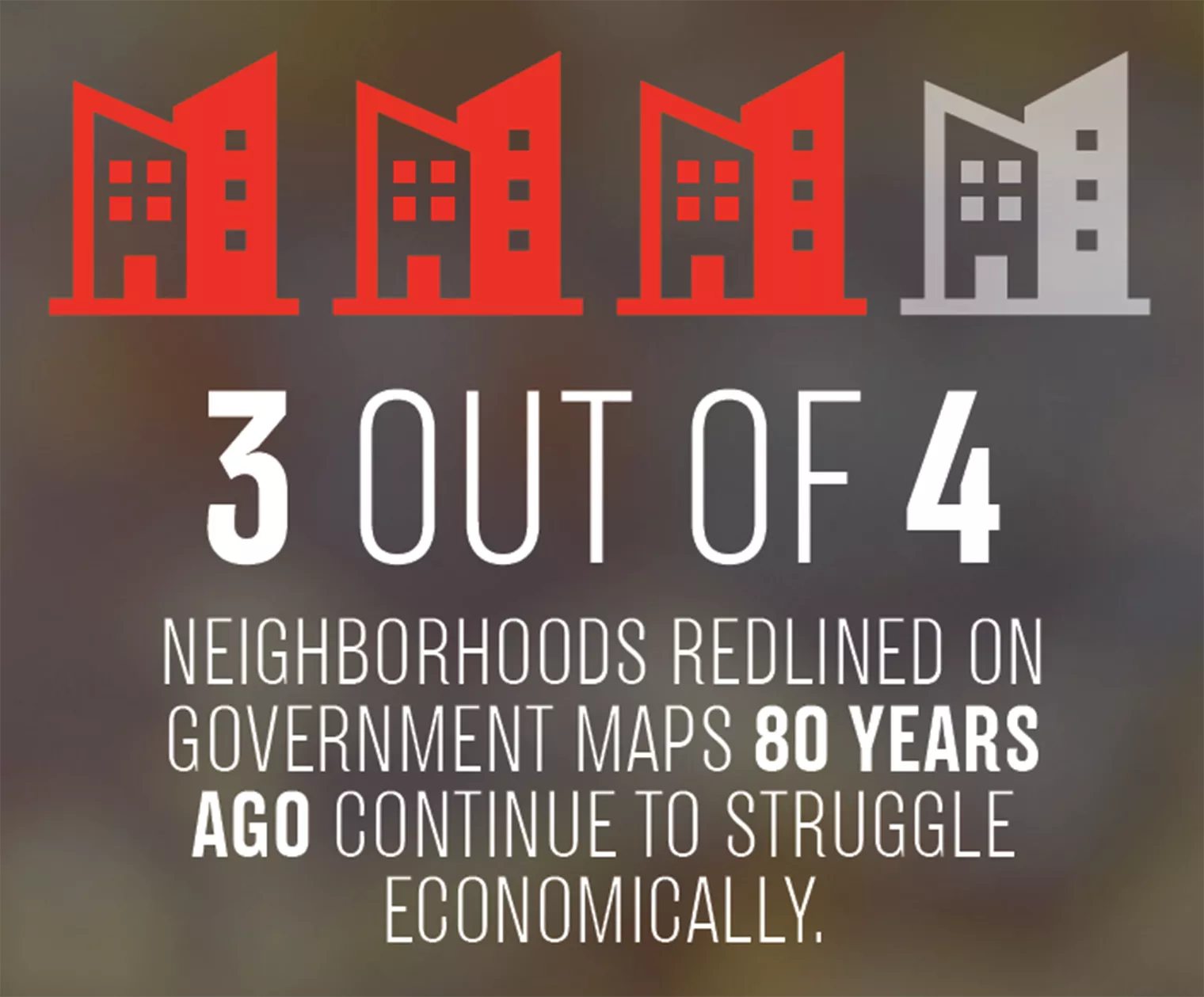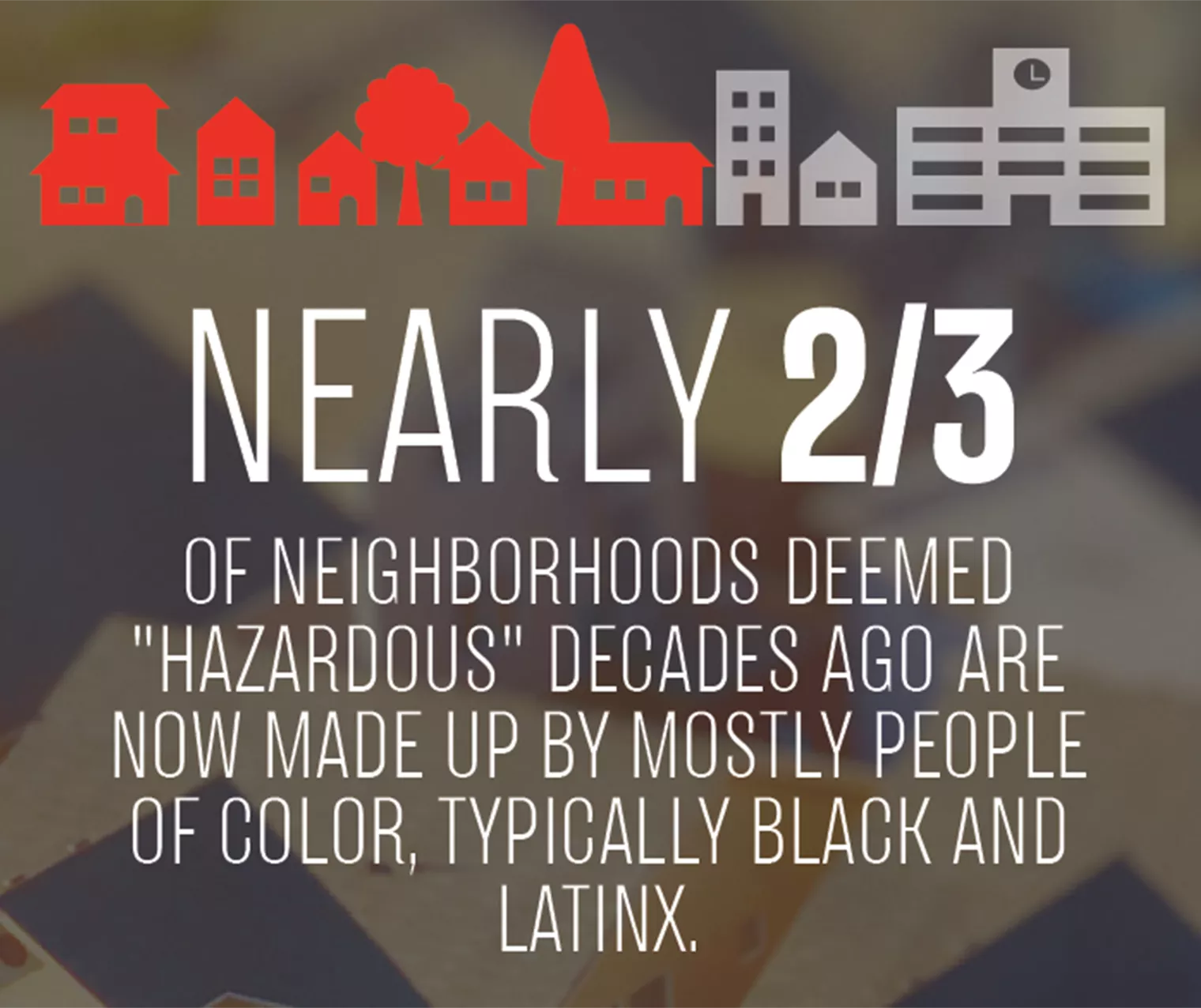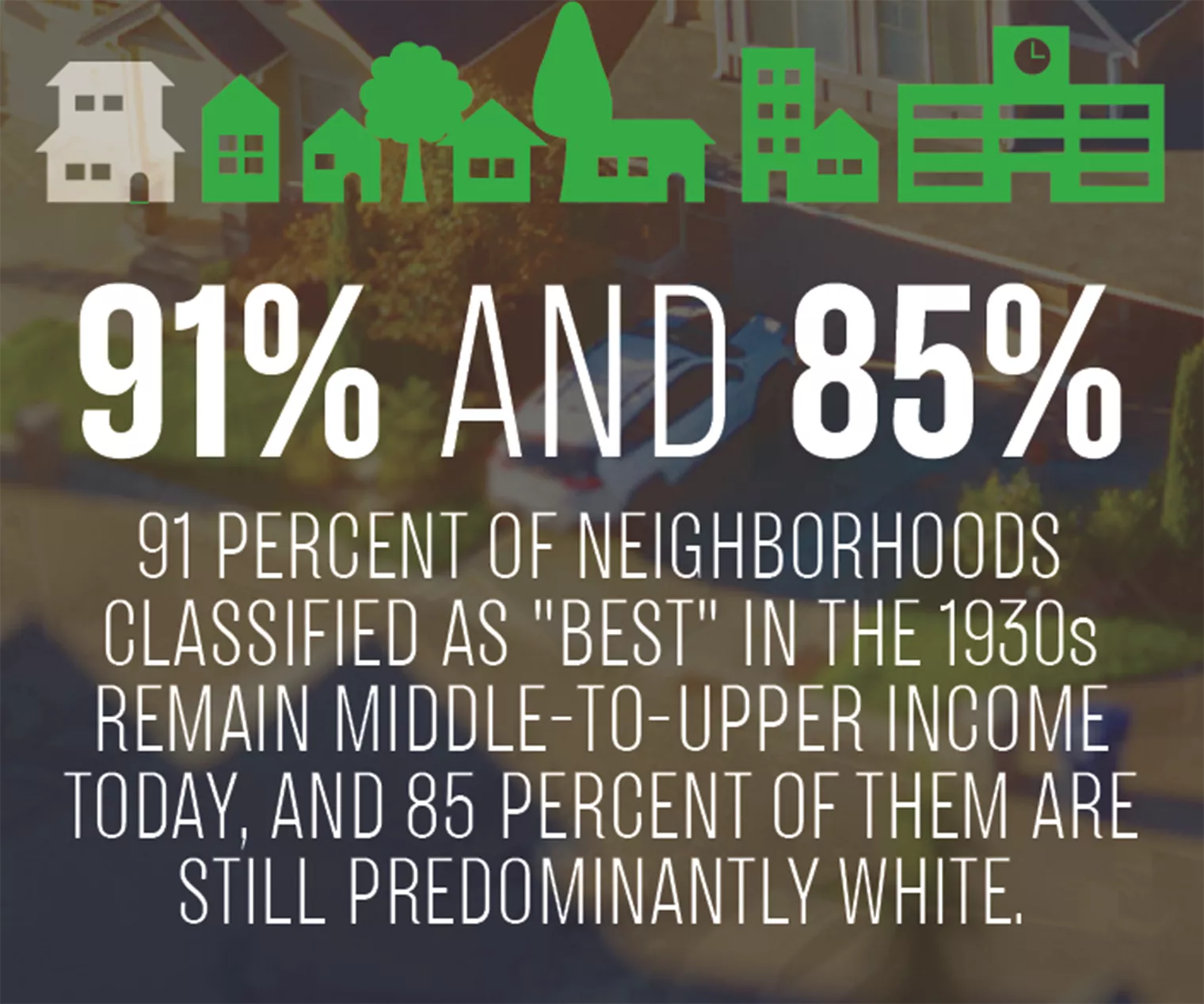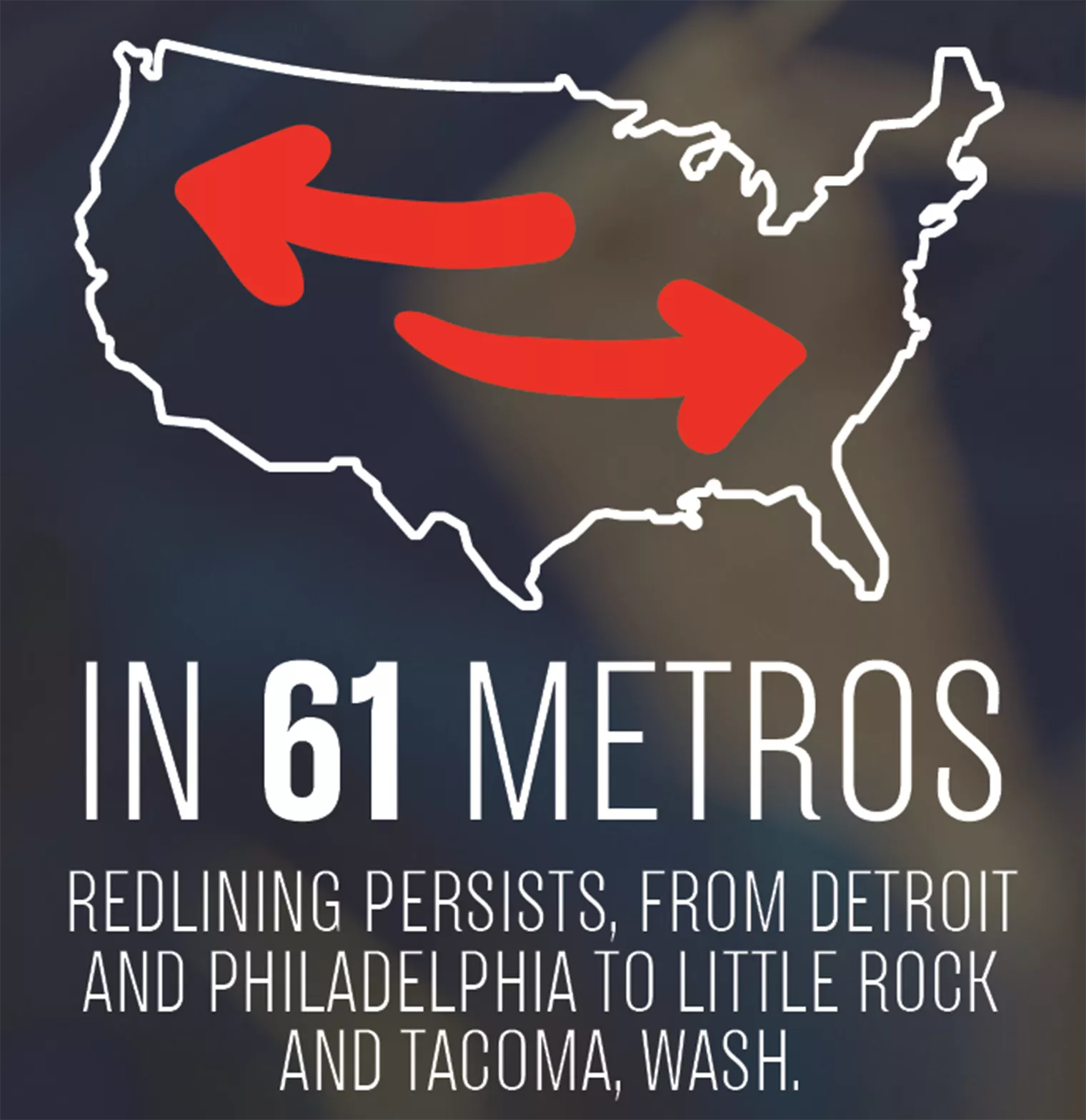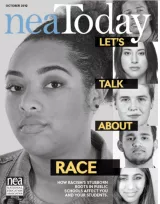The racial ideology of the superiority of whiteness throughout our history has fueled the way our society thinks about and treats people who are nonwhite. The racial bias born from our nation’s history hasn’t been inactive. It's been the driver that helped to create a long list of racist policies that have kept people of color entrenched in a system that systemically denied them resources while creating intergenerational wealth and opportunity for a majority white people. It's no coincidence that people of color today are disproportionately disenfranchised in the voting process, wait longer for emergency services, have less access to fresh foods, and live in segregated communities. It's called institutional racism and it's so ingrained in the nation's culture that it is denied and often dismissed as something from our past—and it impacts our public schools.
Redlining explained
In the 1930s, the federal government created maps that divided cities into sections that were either desirable or undesirable for investments. Green sections, made up of white families, were considered good investments (greenlighting), and loans were typically approved. Jim Crow laws prevented black families from moving into greenlighted areas. Black families were "contained" within red sections, where loans were deemed too "hazardous," and they were either ineligible for loans or were charged higher premiums—impacting long-term wealth and opportunity. Redlined neighborhoods have yet to recover, and the damage shows up in many of our schools today.
STUDENT IMPACT
• Nonwhite school districts get $23 billion less than white districts despite serving the same number of students.
• For every student enrolled, the average nonwhite school district receives $2,226 less than a white school district.
• Poor-white school districts receive about $150 less per student than the national average. Yet they still receive nearly $1,500 more than poor-nonwhite school districts.
